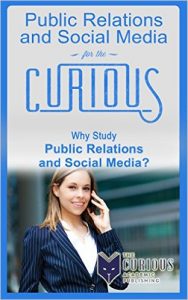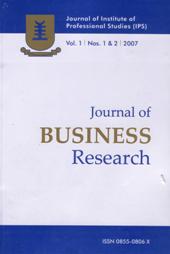We Literally Wrote the Book on Public Relations
Dynamic Public Relations: The 24/7 PR Cycle is interactive text for learning, collaborating, and developing the knowledge and social media skills necessary to succeed in public relations in the 21st century. The text incorporates recommendations from the 2006 Commission on Public Relations Education, including ethics and transparency, digital technology, global implications and diversity. The book is full of real-world scenarios, practices, and opportunities for discussion and learning.
Publications
Thank you to our collaborators who have spent countless hours researching and writing with Sheil & Associates.
Public Relations and Social Media for the Curious
Why Study Public Relations and Social Media? A Decision Making Guide to College Majors, Research and Scholarships, and Career Success. Dr. Sheil wrote Chapter 3: Public Relations- More Important than ever for Successful Organizations.
Corporate Social Responsibility Versus Greenwashing
A marketing communication employee faces an inherent ethical dilemma when her company tries to use a social responsibility issue to enhance the company’s image and improve its bottom line. Read this and other real-life case studies of top communication scholars in Case Studies for Organizational Communication, Third Edition.
How Do You Get Anything Done Around Here?
A new employee discovers that what is said and what is done in the organization are vastly different, with the effect being the stifling of innovation in the organization. Read this and other real-life case studies of top communication scholars in Case Studies for Organizational Communication, Third Edition.
Reaching Back Strategy- Using Mirroring, Trust, and Cultural Alignment in a Service Learning Course to Impact Hispanic Parents’ Perception of College.
Thirty-four undergraduate public relations majors participating in a problem-based service-learning project at a Hispanic-Serving Institution executed an event that attracted more than 100 low-income Hispanic families to campus. The purpose was to help parents prepare their children for college. From primary and secondary research, the students identified 3 dimensions for reaching the targeted audience—mirroring, trust, and cultural alignment—which were dubbed the Reaching Back strategy. Our purpose is to describe how the Reaching Back strategy works, the benefits of problem-based service-learning projects for both students and community participants, and how this strategy can be replicated.
FUTURE SHOCK: The long-term consequences to states and municipalities of Capital Appreciation Bonds
Tobacco Settlement Bonds: A Critical Analysis of 9 States and 3 Territories
Explaining Attitudes Toward and Experiences With Social Media Among Public Information Officers Through Adaptive Structuration Theory
This study set out to explore similarities and differences between firefighting organizations using and not using social media for crisis/emergency situations. Using Adaptive Structuration Theory (AST), our exploratory survey results from 129 first responders suggest social media innovations are outpacing PIOs’ abilities to effectively adopt and utilize social media strategies. Of those who do not use social media, they have considered using it for information-dissemination purposes only; the main differences between those who do and don’t use social media is their perception of the obstacles to implementing it (training, time, resources) and whether they use it in their personal lives.







